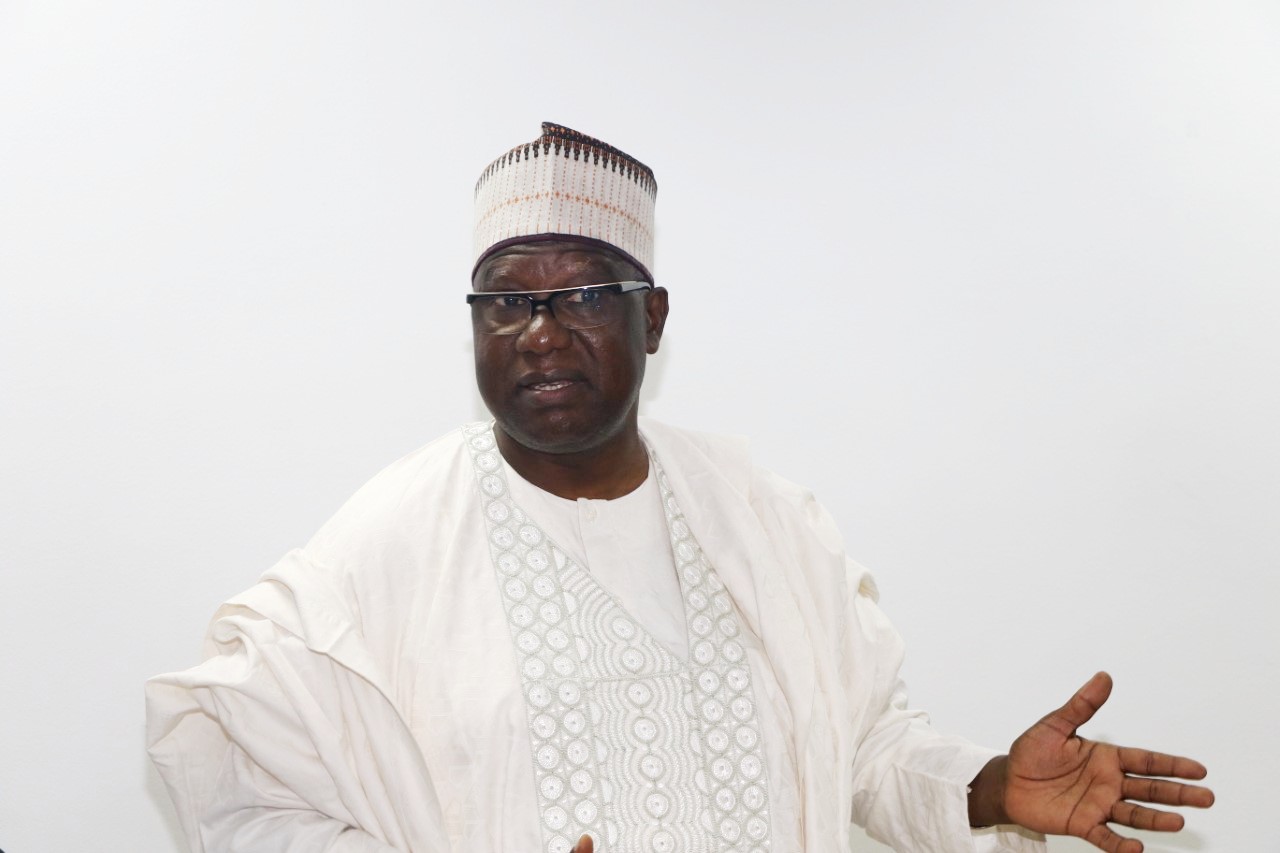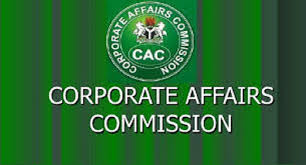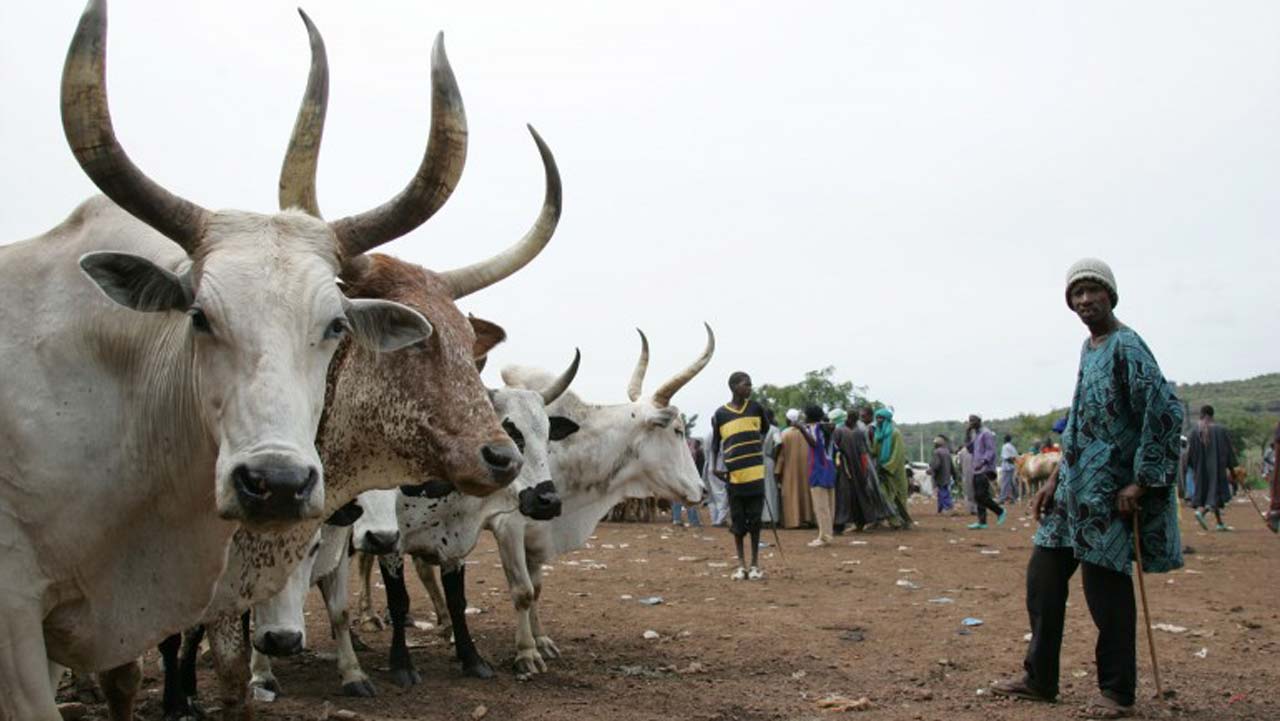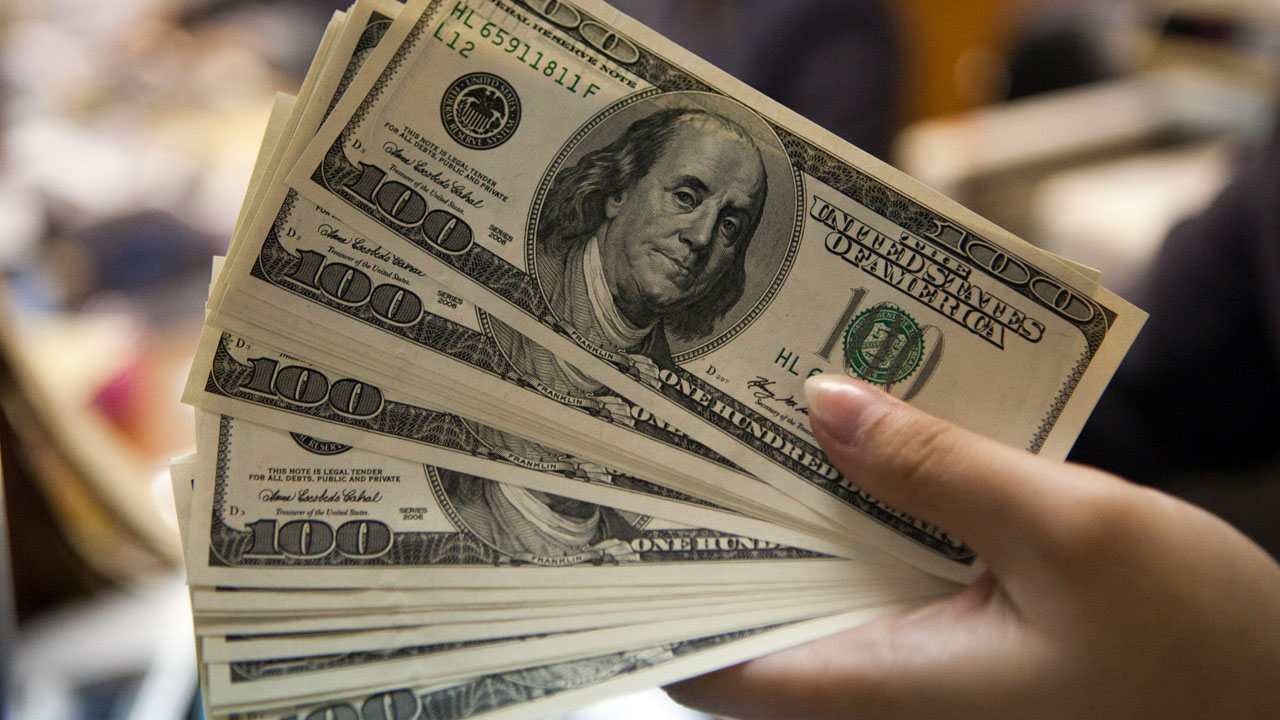(Special Report) NGFCP on gas flaring: A timely drive for Nigeria’s win-win deal
No doubt, the crisis of gas flaring seems to have exited several oil producing nations but yet to leave Nigeria due to policy inconsistency and lack of political will to drive any good policy tailored towards the eradication.
Gas flaring, the burning of natural gas that accompanies crude oil pumped from ground level, is a hotly-debated issue amongst oil and gas experts in Nigeria today. Yet, very little is known about this phenomenon by the average citizen.
A historical trend tends to show that some progress has been recorded in the fight against routine gas flaring over the last 20 years as analysis by BudgIT’s Extractives team shows that between 2001 and 2016, the volume of gas produced increased by 91.13%, whereas the volume of gas flared reduced by only 38.06%.
This shows that although oil companies are investing more money in gas production activities, they appear to neglect to invest sufficiently in technologies and infrastructure aimed at reducing routine gas flaring. from the United Nations Environment Programme (UNEP) perspective, approximately 600,000 people die in Africa every year as a result of air pollution; gas flaring is a key driver of air pollution in oil-producing communities, with Nigeria accounting for 40% of all gas flared in Africa.
The challenge of the scourge clinically consists of a flare stack and pipes that feed gas to the stack. Gas flare size and brightness are related to the type and amount of gas, or liquids in the stack. Flares generate heat and noise; larger flares can be quite noisy because of the volume and velocity of the gas going through the flare stack.
On when does gas flaring become irresponsible, it is important to know that it is not always the case that gas is flared for safety reasons – this is when industry procedures cross the line and tend towards endangerment of lives and property.
“When crude oil is extracted and produced from onshore or offshore oil wells, raw natural gas also comes to the surface; in areas of the world like Nigeria which lack adequate gas pipelines and other gas transportation infrastructure, this gas is commonly flared” – releasing pollutants including sulphur oxides, nitrogen oxides, carbon disulphide, carbonyl sulphide, carbon dioxide and volatile organic components into the atmosphere.
In 2016, gas flared constituted 14.33% of the total gas produced in Nigeria.
Gas flaring is an integral part of the exploration, production and processing of natural gas, liquids and oil from shale. In an emergency situation where equipment or piping comes under excessive pressure, special valves automatically release excess gas through piping to flare stacks – which then burns the gas into the atmosphere. In the absence of these safety flares, plants would be at higher risk of fires and explosions. Flares are also used as an outlet for gas during maintenance and equipment repairs. In these scenarios, the flare is operated temporarily, until the emergency situation is resolved, or until maintenance activities have been completed.

Key dangerous components of flared gas and their harmful effects include Aromatics: Benzene, Toluene, Xylene Poisonous and carcinogenic; these also cause blood abnormalities.
Sulphide hydrogen affects the eye and nose, resulting in insomnia and headache.
Dioxide of sulphur Stimulates respiratory system, aggravating asthma and bronchitis.
Alkanes: Methane, Ethane, Propane Causes swelling, itching and inflammation; may also result in eczema and acute lung swelling.
There is also Alkenes, Ethylene, Propylene which causes weakness, nausea and vomiting.
Dioxide nitrogen Affects lungs and respiratory pipes; aggravates asthma symptoms and results in meta-haemoglobins, which prevents absorption of oxygen by the blood.
There are so many dangerous effects of gas flaring but time has come to do the needful as has been done in other climes before now.
Now, the win-win scenario that will play out if the leadership of the Nigerian Gas Flare Commercialization Programme (NGFCP), domiciled in the Ministry of Petroleum Resources, is allowed to drive the ongoing gas flare commercialization scheme to fruition.
It is important to realize that all previous schemes to end gas flaring have been failing, but the tactical format and drive being deployed by the team will not only end the flaring and stop the associated health challenges, it will build an economic superstructure that will add financial values both to the Federal Government and the emerging investors.
Facts gathered by Business Hilights showed that over 100 companies have already indicated interest in commercializing the identified 178 gas flare sites across the oil rich Niger Delta.

Currently, all roads will lead to the PTDF towers, Abuja, for the commencement of the SOQ Evaluation and Qualification process scheduled to start from Monday 15th April 2019 to Friday 24th May 2019 from 8:00am – 5:00pm daily.
It is hoped that all concerned from the Minister of State for Petroleum Resources, Dr Ibe Kachukwu, the Perm Sec., new chairman of the NGFCP and the Program Manager, will be given the needed support and courage to drive the process to a successful conclusion so that while Niger Deltans will begin to breath fresh air, investors will make return on investment, gas availability and affordability will grow as government’s coffers will swell after all. This is the win-win situation Nigerians are yearning for as far as gas flaring is concerned.









